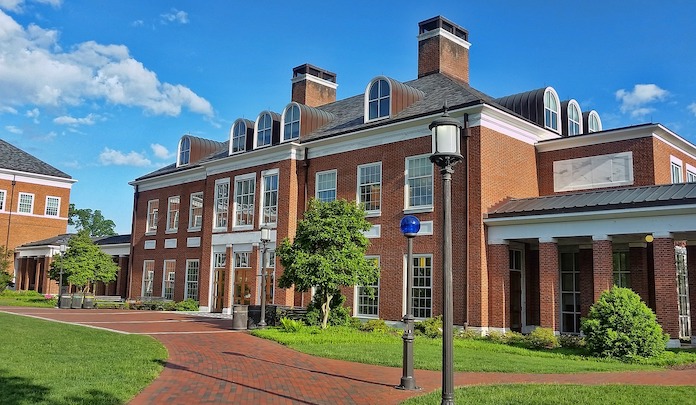Originally a football conference, the Ivy League has become broadly equated with the nation’s oldest, most selective, and most academically respected schools. Ranging from urban Columbia and UPenn to the more rural Dartmouth and Cornell, the “Ivy” moniker ties these schools together more by association and history than by any one collective attribute. As a handful of other schools have approached similar levels of reputation, resources, and rigor, the term “Ivy Plus” (or “Ivy+”) is now used to highlight their top-level caliber in attracting world-class faculty, research dollars, and intellectually curious students.
The Ivy Plus schools typically include highly selective schools such as Stanford, MIT, Duke, and Caltech.
The schools themselves participate in these classifications. For over a decade, the Ivy Plus Admissions group, whose admissions officers and staff meet annually to compare and discuss processes, standards, and industry trends, has included the eight Ivy League universities (Brown, Columbia, Cornell, Dartmouth, Harvard, Princeton, University of Pennsylvania, and Yale) as well as MIT, Stanford, and Duke. The Ivy Plus Libraries Confederation includes these schools plus UChicago and Johns Hopkins University. While it is instructive to see which schools the Ivies treat as their peers (and as competitors for top students), less formally (and especially in admissions), the term “Ivy Plus” is a label rather than an official designation, one that has expanded to include additional schools with prestige and acceptance rates similar to those of the “Ancient Eight.” Only the eight Ivies, however, participate in “Ivy Day,” the coordinated release of admissions decisions at the same day and time at the end of March each year.
The geographical range of the institutions in the Ivy Plus category extends beyond the Northeast to include schools spanning from the DC area to California.

Application Boot Camp®
Need strategic guidance from start to finish? Try Application Boot Camp®.
OUR FAVORITE IVY PLUS SCHOOLS
California Institute of Technology / Caltech (Pasadena, California)
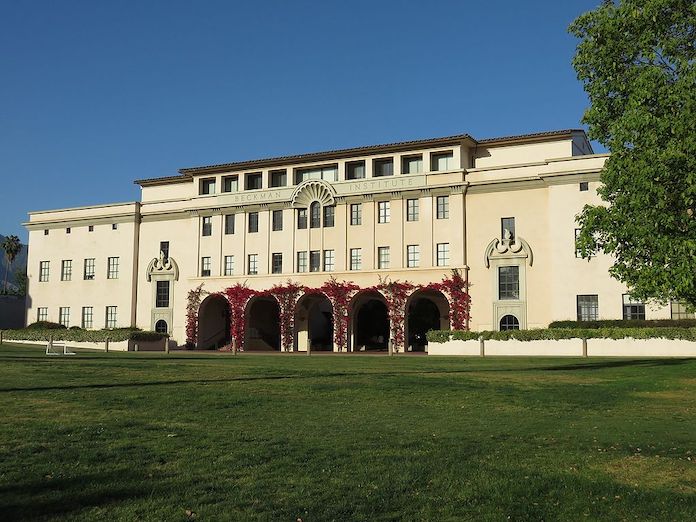
Caltech is a small, private institution that specializes in science and engineering with particular strengths in physics, astronomy, and aerospace engineering. At Caltech, there is a strong culture of intellectual curiosity and debate, with students often engaging in heated discussions about scientific and philosophical topics. Students enjoy small class sizes and the university has a strong focus on undergraduate research, with many students working closely on projects alongside faculty members at labs such as the Jet Propulsion Laboratory, a NASA facility that designs and manages robotic space missions. Caltech students are known for their quirky sense of humor, often creating memes and inside jokes, as well as their integrity: the Caltech honor code allows students to take exams without proctors and have access to campus facilities 24-hours to get their work done.
Caltech Admissions Highlight: Caltech is one of the most selective “test blind” schools, meaning they do not consider the SAT or ACT. As they quip: “Don’t send it. We won’t see it.”
Duke University (Durham, North Carolina)
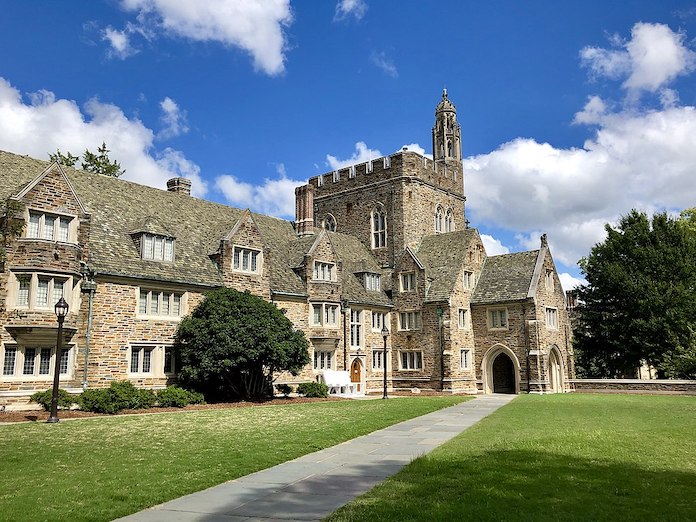
Duke’s Gothic-style architecture is reminiscent of Ivy League campuses and gives it a distinctive and historic feel. Known for its outstanding athletic programs, particularly its NCAA D1 men’s basketball team, Duke’s Blue Devil is one of the most recognizable college mascots in the country. In addition to joining the enthusiastic and devoted student fan section called the “Cameron (Stadium) Crazies,” Duke students take advantage of notable research centers and institutes including the Duke Global Health Institute, the Duke Energy Initiative, and the Duke Lemur Center, the world’s largest and most diverse collection of these primates outside of Madagascar.
Duke Admissions Highlight: 13% of current students are North Carolina residents and 14% are international students. Like many schools, Duke accepts roughly 50% of its class through the binding Early Decision round.
Johns Hopkins University / JHU (Baltimore, Maryland)

Johns Hopkins is a leader in public health education and research, with top-ranked programs in epidemiology, global health, and health policy. JHU is known for its strong interdisciplinary programs, such as the Biomedical Engineering program, which is jointly administered by the School of Medicine and the Whiting School of Engineering. At its bi-annual “HopHacks” hackathon, students come together to develop innovative solutions to real-world problems using technology. At JHU’s Peabody Institute, students study music performance, composition, and music education at one of the top music conservatories in the US. Men’s lacrosse is the sport of choice for the Blue Jays, and its heated rivalry with the University of Maryland is known as the “Beltway Battles.”
JHU Admissions Highlight: JHU is taking the lead (along with Amherst College) in abolishing legacy admissions: they do not give preference to students who have alumni parents or grandparents.
Massachusetts Institute of Technology / MIT (Cambridge, Massachusetts)
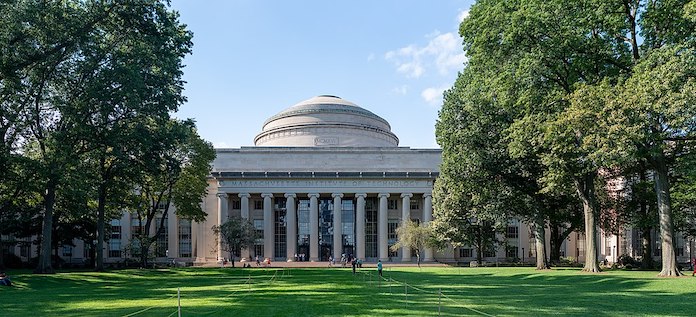
Renowned for its rigorous programs in science, engineering, and technology, MIT has a strong culture of research collaboration and innovation. In the MIT Media Lab, students and faculty work together on interdisciplinary projects that push the boundaries of science and technology, particularly in artificial intelligence, robotics, and biotechnology. MIT students are known for their unconventional sense of style and decompress from the intensity of rigorous academics through their love of creative and elaborate pranks, most notably involving placing objects (a cow, fire truck, MIT police car, and TARDIS) on the campus’ central Great Dome during the dark of night.
MIT Admissions Highlight: Although almost three-quarters of US colleges remain test-optional, MIT attracted attention in March 2022 for being one of the first to reinstate its SAT/ACT requirement after admitting two classes during its test optional trial period.
Stanford University (Stanford/Palo Alto, California)

With its renowned computer science and engineering programs, Stanford’s location in the heart of Silicon Valley is a draw for students interested in technology and entrepreneurship. Students at “The Farm” have access to incredible research facilities including the Stanford Linear Accelerator, the world’s largest, as well as California’s beautiful natural spaces such as the oak-studded hills of “The Dish,” a popular destination for active study breaks. Light-hearted traditions such as “Fountain Hopping” (swimming in the many fountains on campus during orientation week) break the academic intensity and help students avoid “Stanford Duck Syndrome:” all calm on the surface while frantically paddling underneath to keep up with academics and their peers.
Stanford Admissions Highlight: At 3.95%, Stanford has a lower acceptance rate than all of its peers except Harvard (3.19%); it is a first-choice school for many as reflected by its high yield rate of 83.66%.
University of Chicago / UChicago (Chicago, Illinois)
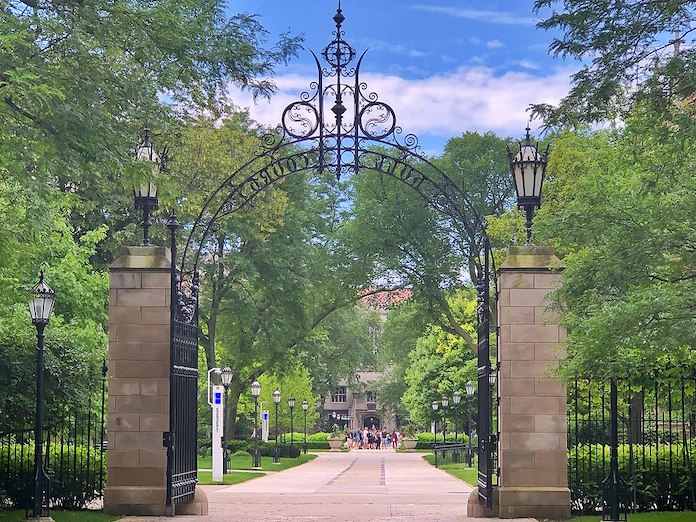
With a high number of faculty with Nobel laureates and a core curriculum emphasizing critical thinking and analysis, UChicago has a reputation for academic rigor and intellectualism. The University of Chicago has stand-out programs in economics, political science, and philosophy. The tongue-in cheek saying “where fun goes to die” is often used to describe UChicago’s intellectual atmosphere, but students show their lightheartedness during “Scav,” a 72-hour scavenger hunt, and the playful “Latke-Hamantash debates” about the relative merits of these two staples of Jewish cuisine. In UChicago’s House System, students are randomly assigned to one of seven residential houses that serve as a social and intellectual community. The phoenix is the official mascot of UChicago’s athletic teams and is featured on the University seal – it represents the city’s rise from the ashes after it was destroyed in the Great Chicago Fire of 1871.
UChicago Admissions Highlight: Today, UChicago is stronger than ever and attracts students through three early admissions rounds: EA, ED1, and ED2. Last year, 37,522 students applied in total.
Two additional schools often considered to be approaching Ivy Plus status are Northwestern (Evanston, Illinois) with its strong programs in journalism, law, and performing arts, and Georgetown (District of Columbia) with its strength in political science and policy.
LOOKING TO THE FUTURE
While “Ivy Plus” is not an official term, with more schools than ever reporting record low acceptance rates for the most recent Class of 2027, we expect to see the number of schools considered to fall within the Ivy Plus category to expand steadily; schools like Barnard (6.5%), Bowdoin (8%), NYU (8%), Swarthmore (7%), and Tufts (9.5%), all with single-digit acceptance rates for the Class of 2027.
As you create your application strategy, it’s important to research a wide range of schools, including the “Little Ivies” and “Southern Ivies.” As these schools become even more competitive, it’s critical to submit applications that highlight your strengths in the ways that matter most in admissions.
- 2024: A Big Year for College Waitlists - April 1, 2024
- Making the Most of Your Spring Break College Campus Visits - February 20, 2024
- Early Decision Denial? Here are Your Next Steps - December 11, 2023

